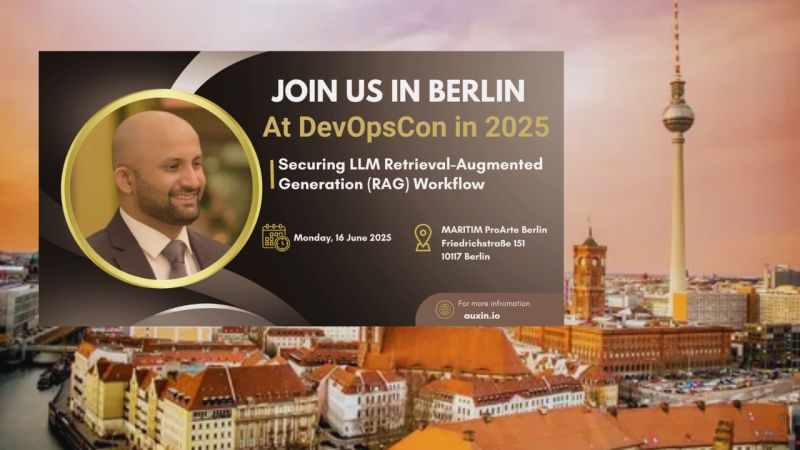According to Forbes, 58% of U.S. professionals can accept a pay cut to work remotely from anywhere in 2024 due to the growing demand for flexible work arrangements and the need for strong cybersecurity measures like Zero Trust Architecture (ZTA) and Secure Access Service Edge (SASE) to protect against increasingly sophisticated threats. This shift toward remote work has also highlighted the importance of adopting Zero Trust principles, which constantly verify credentials and monitor network activity to prevent unauthorized access. Organizations are including AI and automation in their security systems and changing their approaches to improve threat detection and response capabilities.
Traditional perimeter-based security models are no longer sufficient in today’s cybersecurity environment. The rise of remote work, cloud adoption, and interconnected systems has made Zero Trust Architecture a fundamental strategy for combating evolving threats and securing digital ecosystems.
Zero Trust is built on the principle of “never trust, always verify,” ensuring that every user, device, and application must prove its legitimacy before accessing resources, regardless of location. This approach is becoming increasingly critical as organizations face increased attack surfaces, advanced threats, and regulatory pressures.
Secure Access Service Edge (SASE) is another key technology influencing cybersecurity. It combines network security and wide-area networking capabilities into a single cloud-based service to provide secure, flexible, and scalable resource access across hybrid environments.
Organizations can better protect sensitive data and ensure consistent security policies by integrating Zero Trust into SASE strategies. As we move into 2025, the integration of Zero Trust and SASE will continue to play a crucial role in improving cybersecurity resilience and adapting to the evolving threat environment.
Principles that make zero trust work
Zero Trust Architecture is a security framework that continuously verifies the legitimacy of users, devices, and applications to improve security against evolving threats. It is built on several core principles that ensure strong cybersecurity by removing implicit trust and monitoring strict access controls.
- Continuous Verification
Continuous verification is a fundamental principle of Zero Trust that ensures that every access request is authenticated and authorized in real time. This approach eliminates trusted zones and requires constant credentials and device health validation to prevent unauthorized access. For example, over 90% of organizations have reported reduced security breaches after implementing continuous verification mechanisms.
Organizations can align their security controls with the current threat environment to ensure that only legitimate access is allowed by dynamically adjusting policies based on changing risk levels. Auxin Security’s threat modeling expertise can improve this process by proactively identifying potential vulnerabilities.
- Limit the Damage
Segmenting networks and applying the least privilege principle can minimize the impact of a breach. This strategy ensures that the attacker’s access is restricted to a small network segment if a breach occurs and reduces potential damage. By implementing identity-based segmentation, organizations can effectively contain threats and reduce the average breach cost by up to 50%.
Reviewing and adjusting access permissions regularly helps prevent overprivileged accounts from becoming vulnerabilities. Auxin Security’s DevSecOps services can streamline these processes and ensure secure and efficient software development.
- Detect threats faster
Automating context collection and response involves leveraging behavioral data across the IT stack to improve threat detection and response. This principle integrates AI and automation to analyze user activity, device health, and network traffic in real time, enabling proactive security measures. For instance, 70% of organizations improved incident response times after adopting automated threat detection systems.
By automating security responses, organizations can reduce the time to detect and respond to threats by up to 75%, significantly improving their overall security posture. Auxin Security’s cloud cybersecurity services can help to strengthen these automated systems for better performance.
- Protect your data everywhere
Secure communication ensures that all data exchanged between users, devices, and applications is encrypted and protected, regardless of network location. This principle is crucial in maintaining confidentiality and integrity across hybrid environments. Implementing secure communication protocols can reduce data breaches by up to 80%, as sensitive information remains encrypted even if intercepted.
This approach also supports compliance with stringent data protection regulations like GDPR and HIPAA. Auxin Security’s expertise in container security can further protect sensitive data by ensuring strong security measures in containerized environments.
- Strong Device Identity
Creating a strong device identity ensures that each device accessing enterprise resources is uniquely identified and authenticated. This principle improves security by granting access per session and reducing the risk of unauthorized device access. Organizations can prevent over 60% of device-related security incidents by monitoring strong identities.
This approach also supports implementing least privilege access, further minimizing potential vulnerabilities. Auxin Security’s cloud solutions architecture can help design scalable and secure cloud infrastructures that support these strong device identities.

Future Trends in Zero Trust and SASE
As we move into 2025, Zero Trust and SASE will continue to evolve, impelled by trends like the integration of AI and automation for improved threat detection and response. 70% of new remote access deployments are expected to use Zero Trust Network Access (ZTNA) rather than VPNs, reflecting a shift toward more secure and flexible remote access solutions. The SASE environment is also expected to consolidate significantly, highlighting the need for a well-integrated security environment.
Implementing Zero Trust and SASE
Implementing Zero Trust and SASE can present challenges, such as integrating multiple security solutions and managing complex network architectures. However, these challenges also provide opportunities for innovation and growth. By leveraging AI and automation, organizations can simplify their security operations and improve their overall security posture. For instance, 85% of organizations report improved security after implementing dynamic authentication mechanisms, a potential benefit of embracing these technologies.
Auxin Security’s balanced approach to security, risk, and data protection can help organizations effectively guide these challenges.
Let’s Build a Secure Future
In 2025, Zero Trust and SASE will continue to play a crucial role in improving cybersecurity resilience and adapting to the evolving threat environment. These systems will be necessary as businesses adjust to hybrid work settings and more sophisticated cyber risks.
The future of cybersecurity embraces innovation and resilience, whether shifting from VPNs to ZTNA or integrating AI into security operations. Auxin Security’s comprehensive services, including cloud cybersecurity and threat modeling, can empower organizations to strengthen their security postures and protect against emerging threats.







